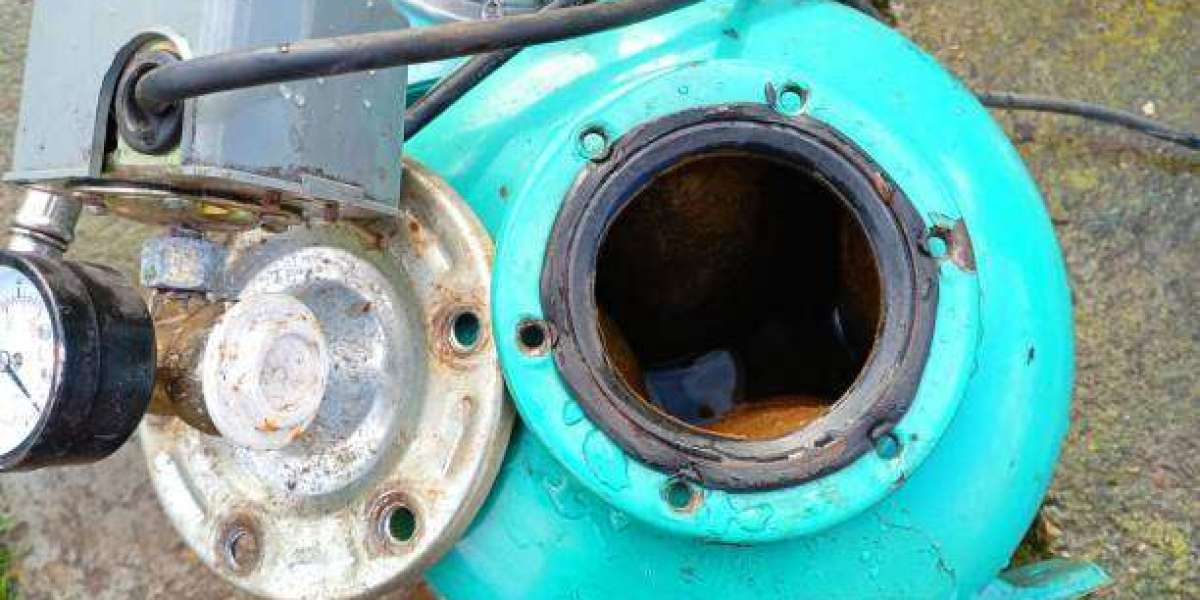Backflow devices are a critical part of any plumbing system, acting as barriers that prevent contaminated water from flowing back into clean water supplies. Whether installed in residential, commercial, or industrial properties, these devices ensure safe drinking water and protect public health. Over time, however, backflow devices can wear down, become faulty, and require replacement. Failing to replace or maintain them can lead to significant health, financial, and legal risks.
This article will explore the importance of backflow devices, the risks associated with neglecting their replacement, and how Backflow Replacement Services can help maintain water safety and compliance with regulations.
Understanding Backflow and Backflow Devices
What is Backflow?
Backflow occurs when water flows in the reverse direction within a plumbing system, potentially carrying contaminants into the clean water supply. Two main factors contribute to backflow:
- Back Pressure: When pressure in the connected piping exceeds the pressure in the main supply, contaminated water can be forced back into the clean water supply.
- Back Siphonage: A sudden drop in water pressure, often due to a break in the main line or high demand, causes contaminants to be sucked back into the clean water line.
Without a properly functioning backflow device, these instances can lead to significant water contamination risks.
Purpose of Backflow Devices
Backflow devices act as barriers, ensuring that water flows in only one direction. These devices are particularly essential in systems that handle hazardous chemicals, irrigation, fire suppression, and other high-risk applications. Regular inspections and prompt replacements through Backflow Replacement Services are necessary to ensure these devices continue to protect water quality.
The Importance of Replacing Backflow Devices
Like any other mechanical device, backflow preventers experience wear and tear over time. The seals, springs, and internal components can degrade, compromising the device’s functionality. Regular testing and timely replacements are essential to maintain effective backflow prevention.
Backflow Replacement Services play a vital role in assessing device health, replacing outdated components, and installing new backflow preventers when necessary. Failing to replace these devices can expose property owners to a range of risks.
Risks of Not Replacing Backflow Devices
1. Risk of Water Contamination
One of the most severe risks of not replacing a backflow device is the potential contamination of drinking water. As the device wears out, it may no longer provide an effective barrier against pollutants, which can include:
- Chemicals and Pesticides: Irrigation systems can introduce harmful chemicals, like pesticides and fertilizers, into the water supply if backflow devices fail.
- Biological Contaminants: Bacteria, viruses, and other pathogens can enter the drinking water system, posing serious health risks.
- Industrial Pollutants: In industrial settings, backflow can carry heavy metals, solvents, and other hazardous materials into clean water lines.
By ensuring timely replacements with Backflow Replacement Services, you can avoid these risks and maintain safe drinking water quality.
2. Health Risks to Occupants and the Public
Contaminated water is a direct health hazard. When backflow preventers fail, contaminants can enter the drinking water supply, leading to:
- Gastrointestinal Illness: Bacteria like E. coli and Giardia in contaminated water can cause stomach pain, nausea, vomiting, and diarrhea.
- Respiratory Issues: Chemicals in the water, such as chlorine or ammonia from industrial backflow, can lead to respiratory problems.
- Skin and Eye Irritation: People may experience skin rashes and eye irritation when exposed to contaminated water in showers or pools.
Replacing backflow devices on schedule and consulting Backflow Replacement Services help prevent these health risks, ensuring the well-being of property occupants and the public.
3. Financial Risks and Costs of Damage
Neglecting to replace backflow devices can lead to costly consequences:
- Cleanup and Decontamination Costs: If contaminated water enters the main supply, the costs associated with cleaning and decontaminating the water lines can be substantial.
- Damage to Plumbing System: Contaminants can corrode pipes and other components of your plumbing system, leading to expensive repairs.
- Health-Related Expenses: Illnesses caused by contaminated water can result in significant medical expenses and potential legal claims from affected individuals.
Investing in timely backflow device replacement through Backflow Replacement Services is far more cost-effective than dealing with the aftermath of a contamination incident.
4. Legal and Regulatory Compliance Issues
In most regions, local water authorities and health departments require regular testing and maintenance of backflow prevention devices to ensure public water safety. Property owners are often legally obligated to comply with these regulations and may face penalties for non-compliance.
Failure to replace backflow devices can lead to:
- Fines and Penalties: Many municipalities impose fines on property owners who fail to maintain or replace backflow preventers.
- Legal Liability: Property owners may be held legally responsible if contaminated water affects the health of occupants or the public.
- Loss of Water Service: Authorities may shut off water service to properties with non-compliant or faulty backflow devices.
Ensuring compliance by working with Backflow Replacement Services helps property owners avoid legal issues and penalties.
5. Impact on Property Value and Insurance Rates
Properties with outdated or faulty backflow prevention systems may experience negative impacts on their value and insurance rates. Here’s how:
- Reduced Property Value: Prospective buyers may be wary of purchasing properties with known plumbing issues, including faulty backflow preventers.
- Higher Insurance Rates: Insurance providers may increase rates for properties without compliant and functioning backflow devices, as the risk of water contamination raises potential liabilities.
By prioritizing regular replacements through Backflow Replacement Services, property owners can maintain their property value and avoid increased insurance costs.
Signs It’s Time to Replace Your Backflow Device
Regular inspection and testing of backflow devices are essential to ensure they work correctly. Here are some signs it may be time for a replacement:
- Failed Inspection or Test: If a certified backflow tester identifies issues, replacement may be necessary.
- Leaks or Drips: Continuous water leaks around the backflow preventer often indicate wear or damage.
- Rust or Corrosion: Visible signs of rust or corrosion weaken the device’s effectiveness and signal a need for replacement.
- Loss of Water Pressure: Decreased water pressure may result from a failing backflow preventer.
- Age of the Device: Most backflow devices last between 5-15 years, depending on usage and water quality. Older devices should be replaced proactively.
Consulting with Backflow Replacement Services for regular testing and maintenance can help detect these signs early and ensure timely replacements.
Benefits of Professional Backflow Replacement Services
Replacing a backflow device is a complex task that requires expertise, as improper installation can compromise water safety. Here’s why hiring professional Backflow Replacement Services is beneficial:
- Expert Installation: Professionals are trained to install backflow devices correctly, ensuring optimal performance.
- Compliance with Regulations: Backflow specialists understand local regulations and ensure installations meet compliance standards.
- Routine Testing and Maintenance: Regular testing helps detect potential issues before they lead to significant problems.
- Long-Term Cost Savings: Investing in professional backflow services can prevent costly repairs, contamination cleanup, and legal issues.
Professional services not only handle replacements but also provide guidance on maintaining the device for long-lasting performance and compliance.
Maintaining a Functional Backflow System
To maximize the life and effectiveness of a backflow device, consider the following maintenance tips:
- Schedule Regular Testing: Annual testing is recommended to check the device’s functionality.
- Inspect for Leaks: Periodically inspect the device for visible leaks or damage.
- Flush Your System: Flushing water through your system helps remove debris that can damage backflow preventers.
- Work with Certified Professionals: Partner with reputable Backflow Replacement Services to handle inspections, repairs, and replacements.
By staying proactive about maintenance and timely replacements, property owners can avoid contamination risks, ensuring the safety and integrity of their water systems.
Conclusion
Backflow devices are critical for maintaining clean water and preventing contamination. Neglecting to replace these devices on time exposes property owners to various risks, including health hazards, financial burdens, and legal consequences. Regular testing and maintenance are essential to catch issues early and avoid costly repairs or contamination incidents.
Investing in reliable Backflow Replacement Services provides the peace of mind that your water system is safe, compliant, and efficient. With professional assistance, you can protect your property, the health of occupants, and the quality of your water supply for years to come.








